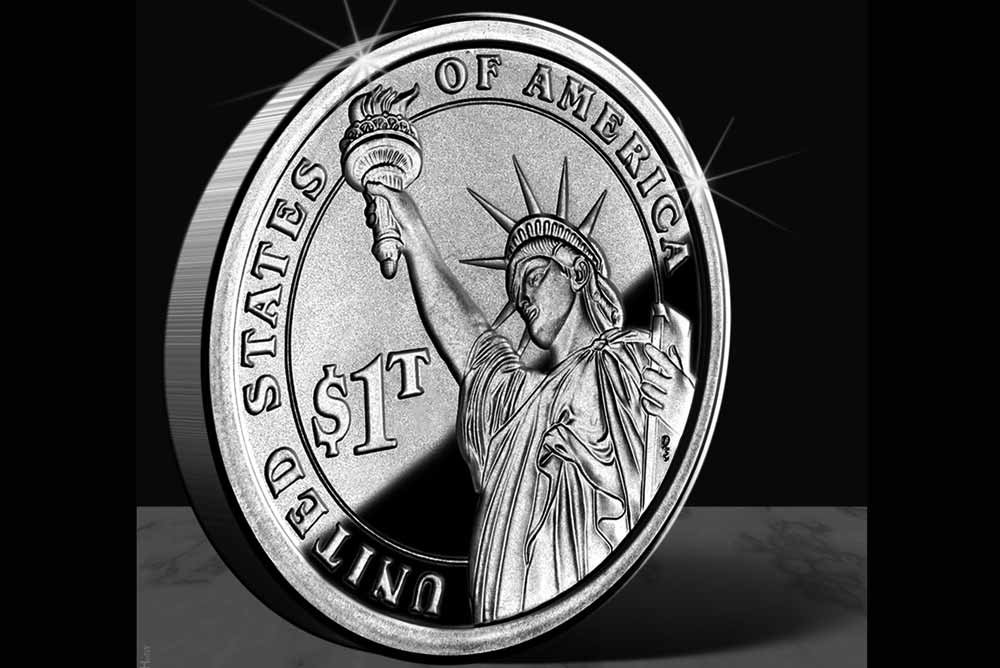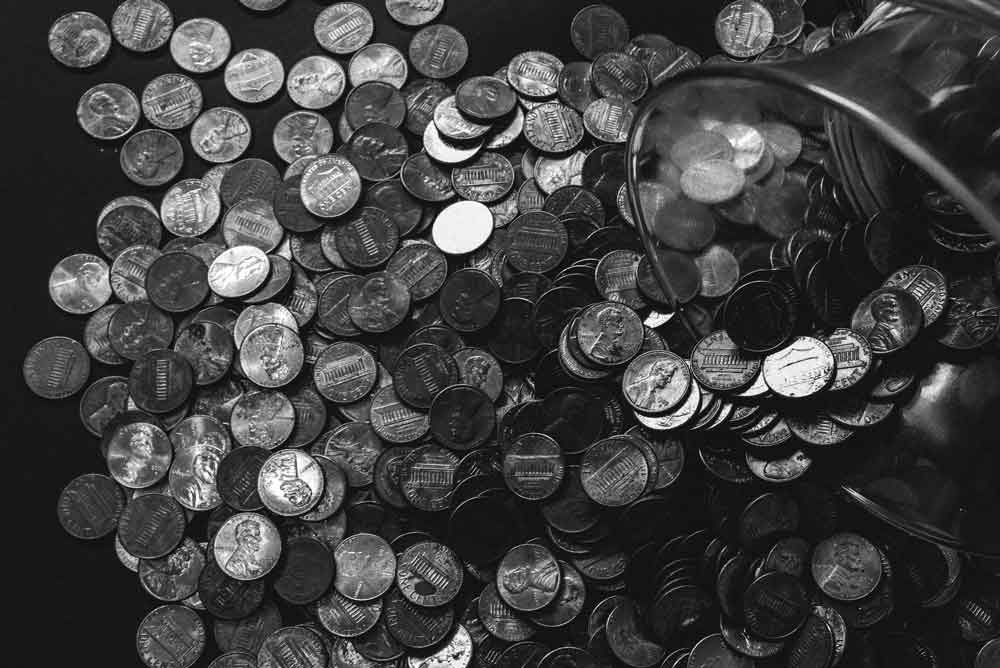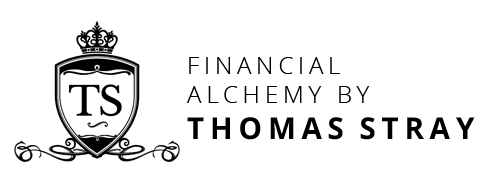Amid global
financial uncertainty, a seemingly unbelievable idea has resurfaced: minting a
trillion-dollar coin. It’s an extraordinary idea that sounds like it was
conceived in a Donald Duck comic. Yet, it could become the US’s debt-busting
solution. Today, I’d like to explore this concept’s practicality, potential
benefits, and possible drawbacks.

Imagine one single coin that could solve the debt challenges of the world’s largest and most vital economy. On paper, it seems simple, but it’s far from uncomplicated in reality. This hypothetical platinum coin, referred to as “The trillion-dollar coin,” is suggested as a tool to offset the United States’ colossal national debt. If minted, it would be deposited with the Federal Reserve.
According to US law, the Treasury Secretary (Janet Yellen) has the authority to mint coins of any denomination. It’s a feasible proposition. However, with the current US debt ceiling at $31.4 trillion, we’d need 32 of these trillion-dollar coins to offset the whole debt. But even if it doesn’t completely solve the problem, the trillion-dollar coin is intriguing.
Nobel laureate economist Paul Krugman advocates for the trillion-dollar coin idea, asserting it wouldn’t drive inflation. He argues that the Fed would likely sell treasury bonds of equal value, balancing the monetary influx. However, Janet Yellen, former Federal Reserve Chair, is skeptical, expressing doubt that the Federal Reserve would accept such an arrangement and branding the idea a “gimmick.”
Olav Chen, an expert on allocation and global interest rates, simplifies this complex concept by bringing us back to the fundamentals of money. A $100 bill, for instance, has no intrinsic value: it’s a piece of paper. All circulating currency is a form of loan the holder has outstanding with the state, as the state prints and guarantees money. It is akin to an interest-free loan until we exchange this money for goods and services.
With this perspective, unlike state bonds and certificates, the trillion-dollar coin doesn’t count as debt in the US state’s accounting. Thus, if minted, the state suddenly has a trillion more to utilize without increasing its national debt.
The idea of creating money out of thin air to solve debt issues brings back haunting memories of the Weimar Republic in the 1920s, where hyperinflation decimated the economy. However, every action has its consequence. A crucial question remains: at what cost does this solution come? Implementing such a measure could undermine the trust in the entire monetary system and the US state.
The history of economics is littered with well-intended ideas that led to unanticipated consequences. The trillion-dollar coin concept gained traction during the 2011 financial crisis as the US debt skyrocketed. Yet, the idea remains controversial and divisive. For all its allure and possible advantages, it’s crucial to consider potential risks carefully.

At the end of the day, the trillion-dollar coin is more than just a coin; it represents our understanding of money, debt, and fiscal responsibility. It’s a testament to our ability to think outside the box and challenge conventional economic wisdom. But it also serves as a reminder that there are no quick fixes or shortcuts when managing a nation’s economy’s complex, intricate machinery.
Whether the trillion-dollar coin ever sees the light of day remains to be seen. In the meantime, it serves as a fascinating thought experiment in the realm of economics and public policy, a testament to the human capacity for creative problem-solving even in the face of seemingly insurmountable challenges.
So, as we dive deeper into this economic rabbit hole, the question remains: Is the trillion-dollar coin a solution or an illusion? Well, the jury is still out on that one. While we can debate the theoretical virtues and shortcomings of such a unique approach to addressing national debt, the practical implications still need to be discovered.
Is this coin a fool’s gold or a golden ticket to financial stability? As a financial expert and keen observer of monetary policies, I believe that it might lie somewhere in the middle.
The trillion-dollar coin, as far out as it might seem, indicates the innovative spirit that drives economic policy-making. It raises fundamental questions about the nature of money and how we perceive and deal with the national debt. It’s a conversation starter; sometimes, that’s the most significant step toward change. It is a testament to our collective will to think beyond traditional frameworks to create solutions for the challenges we face.
But we must always tread with caution when implementing such ground-breaking ideas. Economic history teaches us the importance of careful deliberation, meticulous planning, and informed decision-making.
Final Thoughts
In conclusion, whether the trillion-dollar coin remains a fascinating economic conundrum or becomes a tangible solution to America’s debt problem, it certainly offers food for thought. It reminds us of the need for innovative thinking, the importance of fiscal responsibility, and the power of an idea.
So, as we stand on the brink of the possible and the seemingly impossible, let’s not dismiss the extraordinary. After all, sometimes, reality is stranger than fiction. The trillion-dollar coin may not be the definitive answer, but it provides an exciting narrative that pushes us to challenge our understanding of economics. So, here’s to the audacious, the innovators and the dreamers who keep this narrative alive.
Stay tuned, my friends; economics’ future is as thrilling as it is unpredictable. And as I always say, in finance, the only constant is change itself.





